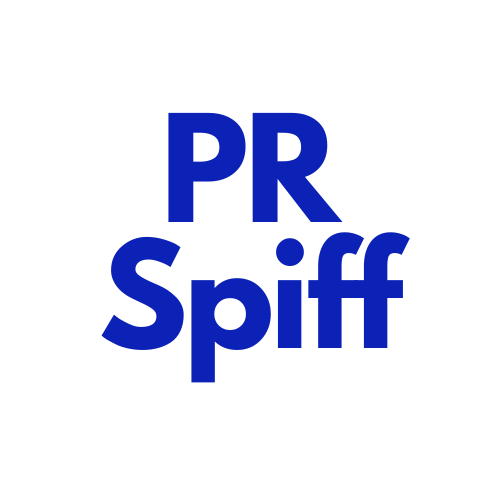 In doing the work you do you are also cultivating your own personal brand as an executive. In other words, you are the brand, which has never been more relevant when you consider the success of LinkedIn and other modes of executive branding, including podcasts, newsletters, and blogs.
In doing the work you do you are also cultivating your own personal brand as an executive. In other words, you are the brand, which has never been more relevant when you consider the success of LinkedIn and other modes of executive branding, including podcasts, newsletters, and blogs.
These platforms create ecosystems that shape perceptions about you. The challenge is standing out from the crowd in a way that attracts the right attention.
You need to ask yourself: How do you differentiate yourself from another executive whose job description parallels your own? What makes you the best person in the world at what you do?
Even if you have a little impostor syndrome messing with your mind, write down the very characteristics that make you a champion of your industry.
Know Your Audience
So, who needs you? Be specific. Maybe it’s middle market financial service providers. Maybe it’s patients with poor access to high-quality healthcare. Maybe it’s retirement-age Americans who want to retire but cannot afford it.
My former employer, The Wall Street Journal, resonates with its readers because the publication knows its audience.
Once you’ve identified your audience you must figure out how it consumes information. Does your audience scroll LinkedIn or listen to podcasts? Maybe they prefer a newsletter delivered to their inbox.
Next, it’s time to engage these channels with compelling content that will reach your audience. This may require some professional help to ease the burden of doing it yourself.
The Value of High-Quality Content
Earned media is at the top of the list when it comes to establishing third-party credibility. If you are a wealth manager and you get quoted in The Wall Street Journal, most people will think you’re an expert.
Speaking engagements are another tactic, but these usually cost money to nab choice spots. Sure, you can reach out to organizers and make a pitch, but unless you have a relationship with someone, be prepared to pay sponsorship fees to tell your story. Another option is creating your own speaking engagement through a webinar series or podcast. This will help you develop thought leadership for a given subject.
TED Talks are also a popular endeavor to cultivate an identity for your brand, and these do not cost money, except for travel expenses.
One distinction: “TED” Talks are aimed at global audiences and “TEDx” Talks are designed for local audiences. We’ve had success helping executives give these talks, and the key ingredient is knowing the brand of “TED” you need to reach your audience. Also, your talk cannot be promotional, so make sure you are crafting an authentic story that is not a sales pitch.
Writing editorials is another way to demonstrate thought leadership and craft your identity. We recently had success placing our client’s editorial in Newsweek. Effective editorial writing starts with presenting an airtight argument. You also need to provide counterarguments to demonstrate the limitations of your argument. This builds credibility.
Sending out a newsletter with valuable insight, blogging consistently about relevant topics, and posting fresh and engaging content to LinkedIn are also important tactics for shaping your brand.
Fear not, you don’t have to do all these things at once. Pick one and do it really well. Also, try not to rely too much on artificial intelligence to generate content. The material does not emote the same way your own personal voice and brand do.
People want to work with you because of your personality, your experience, your POV.
Remember, YOU ARE THE BRAND.
— Evan Pondel
